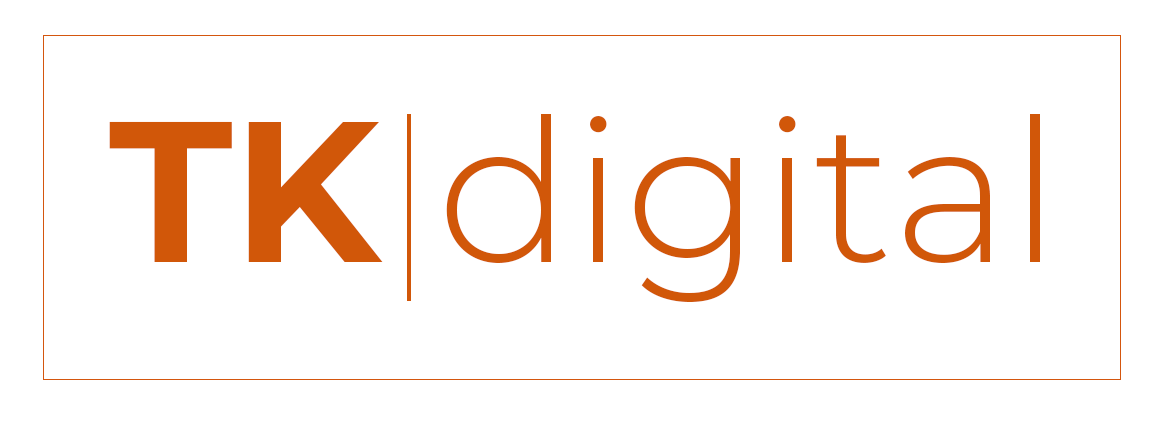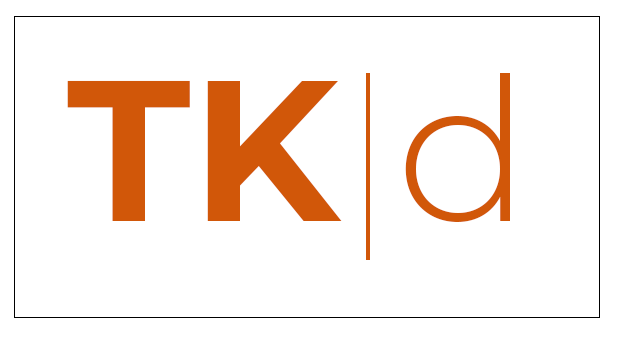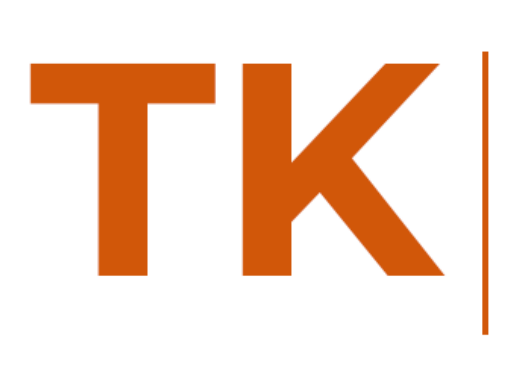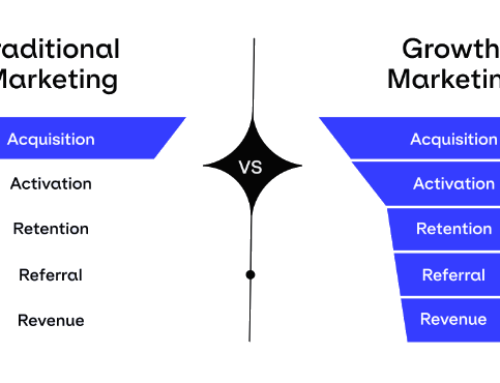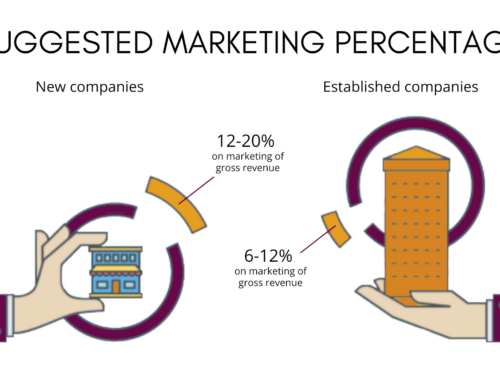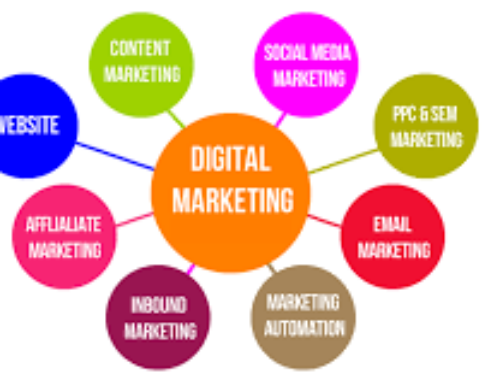Marketing can feel like a whirlwind of buzzwords and strategies. Two big ones you’ve probably heard are growth marketing and traditional marketing. They both aim to boost your business, but they go about it in pretty different ways. Let’s break it down in a simple, friendly way.
Traditional marketing tends to focus only on the acquisition of clients:
- Company centered
- Campaign driven
- Acquiring customers
- Opinion based
- Annual planning
Growth marketers use techniques to experiment optimize after learning.
- Customer centered
- Strategy first
- Acquisition AND retention AND upselling
- Evidence based
- Agile marketing operations.
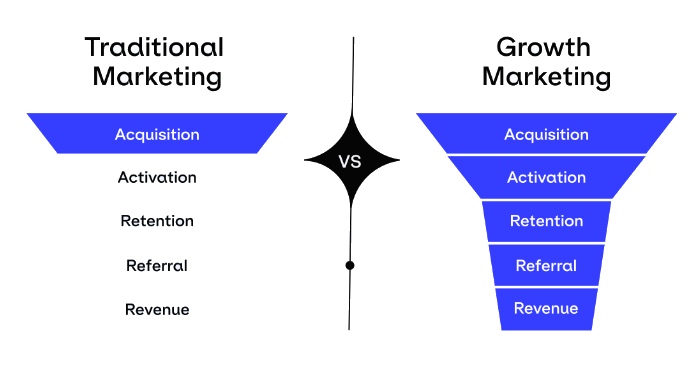
- Goals and Focus
- Traditional Marketing: It’s all about building your brand over the long haul. Picture TV ads, radio spots, print ads, and billboards.
- The aim? Get your brand out there, make it recognizable, and stay in people’s minds. It’s broad and steady.
- Growth Marketing: It’s all about quick, measurable wins.
- The aim? to see results fast and they aren’t afraid to switch things up to get them. They focus on specific goals like boosting sales or getting more sign-ups, and they use data to tweak their tactics constantly.
2. Strategies and Tactics
- Traditional Marketing: The strategies here are pretty set. Big campaigns are planned months in advance, focusing on creative content and storytelling. Think of those catchy jingles or memorable commercials. Tactics include media buys, direct mail, event sponsorships, and PR efforts.
- The aim? Communicating what the company is doing.
- Growth Marketing: is more about agility. It’s like being a marketing ninja, always ready to pivot. Tactics include A/B testing, SEO, content marketing, email campaigns, social media ads, and PPC. Everything is based on real-time data.
- The aim? they’re always testing and tweaking to find what works best.
3. Measuring Success
- Traditional Marketing: Measuring success here can be a bit tricky.
- The aim? It’s often about reach and impressions – how many people saw your ad or know your brand. The ROI can take a while to show up and isn’t always easy to pin down.
- Growth Marketing: Loves numbers. Every action is tracked and analyzed, focusing on clear metrics like customer acquisition cost (CAC), lifetime value (LTV), and conversion rates.
- The aim? Real-time data lets them see what’s working and what’s not, making it easy to adjust strategies on the fly.
4. Engaging with Customers
- Traditional Marketing: Engagement here is more one-sided. Brands push out messages to a broad audience, and interaction is usually limited. It’s like sending a message in a bottle – you’re putting it out there, but you don’t always get direct feedback.
- Growth Marketing: All about the conversation. It leverages social media, email, and other digital platforms to interact directly with customers.
- The aim? They gather feedback, build communities, and tailor their approach based on what people actually want. It’s like having a chat with your customers and getting to know them better.
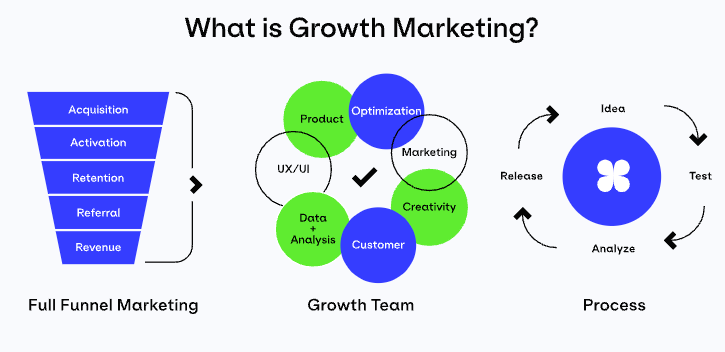
Both growth marketing and traditional marketing have their perks. Traditional marketing is great for building a strong, recognizable brand over time, while growth marketing is perfect for those quick, data-driven wins.
Mixing a bit of both can give you a solid, well-rounded marketing strategy that covers all bases.
Ready to see how we can help you with your Growth Marketing? Contact us today!
